Life-cycle assessment

Following its work in the CILECCTA project for developing an advanced software tool incorporating life-cycle costing and life-cycle assessment, BSRIA has published the guide ‘Life cycle assessment’ (BG 52/2013). This collaborative EU project involved 17 partners from seven countries. Life-cycle assessment is a structured methodology for compiling and evaluating the environmental impacts and the primary-energy demand of a product system throughout its life.
Life-cycle assessment is concerned purely with environmental evaluations. Economic evaluations are carried out as part of life-cycle costing and are covered in BSRIA’s ‘Whole life costing’ guide (BG5/2008).
Currently, 10 to 20% of life-cycle energy is used during the extraction of raw materials and construction. Changes to Building Regulations means that operational energy consumption (currently 80 to 90%) needs to be reduced, which is expected to affect the balance between upfront energy consumption and in-use energy consumption.
Life-cycle assessment can be applied to any product or process, assemblies, entire HVAC system or even whole buildings. This guide provides an introduction for those who are new to the concept or who need a reminder of the basics.







